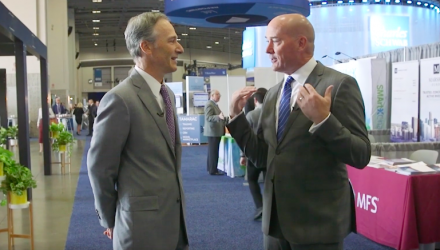“Quality is the name of the game today and that’s what those products tend to deliver,” Cohen said.
Fixed-income investors who are looking for strategies in a rising rate environment could look at specialized strategies designed for hedging against rising rates.
For example, the ProShares Investment Grade-Interest Rate Hedged ETF (Cboe: IGHG) and ProShares High Yield Interest Rate Hedged ETF (Cboe: HYHG) are two rate hedged ETF strategies that try to eliminate the rising rate risks. The two rate-hedged bond ETFs achieve their diminished rate-risk status by shorting Treasury notes so that the underlying portfolio shows a near-zero duration – duration is a measure of sensitivity to changes in interest rates, so a zero duration translates to no sensitivity to changes.
“We’ve got bond funds that are hedging interest rate risk out to respond to the rising rate environment and protect investors when times are tough and rates rise,” Cohen added.
Finally, Cohen also discussed its newest fund – the ProShares Pet Care ETF (PAWZ).
“It’s the first pet care ETF of its kind,” Cohen said. “The pet care industry is going through an incredible transformation. You’ve got ownership of pets, which is going way up. The second trend is the spending habits – there’s no much you wouldn’t do for your dog.”
For more market-related commentary from Tom Lydon and other industry experts, visit our video category.
